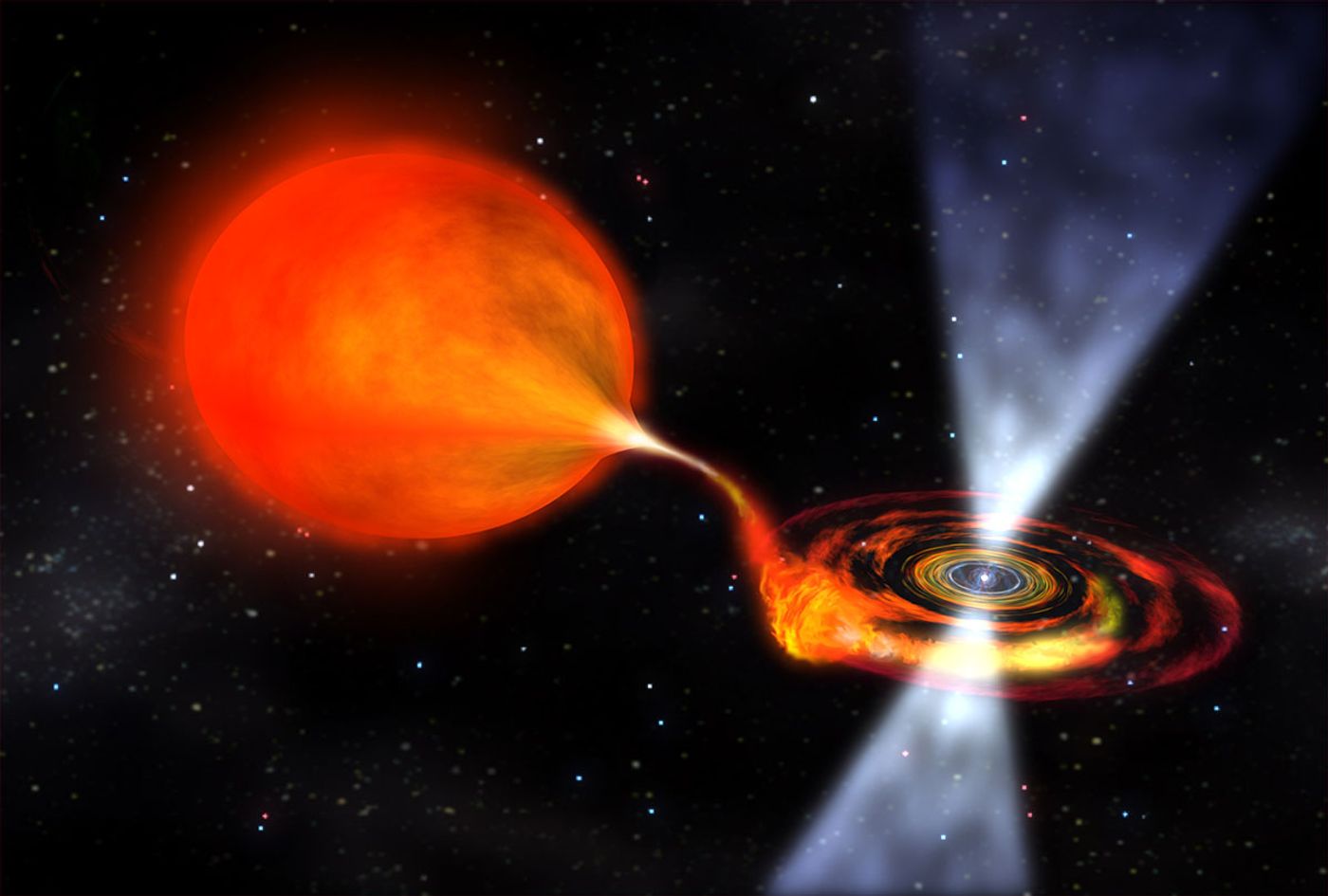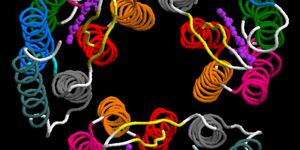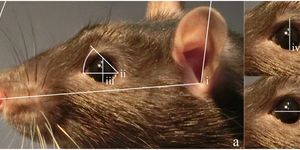'Star Spots' Spotted on MSP's Companion Star for the First Time
You may be very familiar with Sunspots, which are dark parts of the Sun that tend to be associated with solar winds because of weaknesses in the Sun’s magnetic field, but it’s also possible for other stars in the universe to exhibit similar spots; these are known as star spots rather than Sunspots for obvious reasons.
While we’ve spotted star spots on other stars before, an amateur astronomer has teamed up with a professional astrophysicist to do something that has reportedly never been done before.
The duo of researchers has reportedly discovered star spots in a companion star in a binary system with what’s known as a millisecond pulsar (MSP), which is a special kind of pulsar that is among the fastest-spinning in our entire Milky Way galaxy.
Image Credit: NASA
According to a study that made its way into the Astrophysical Journal, the companion star also has a very strong magnetic field, but scientists can also assume that the star spots are particular points of weakness in that magnetic field, just like Sunspots are on our Sun.
The findings were made possible by analyzing data recorded over a 15-month period by a 30cm reflector telescope in amateur astronomer André van Staden’s back yard.
In a pulsar, the gravitational forces of the dense object in the binary system will grab and pull on material from the companion star, distorting it into a teardrop shape.
As that object orbits the pulsar, it will appear brightest at two points during the orbit when the teardrop shape is visible, thanks to the additional surface area that equates to more light. At other points, the star is seen as more circular, which means less surface area and less brightness as a result.
The researchers took this into account while observing the distant MSP, noting that something was odd about the brightness levels at certain points in the orbital cycle. At some points in the orbit where they would expect the star to appear brighter, this wasn’t always the case.
The two attributed the dimness during certain points of the companion star’s orbital cycle to start spots, which would hinder its brightness.
To make that much of an impact on the star’s brightness, the two also concluded that the star spots must be significantly larger in correlation to the star’s diameter than the Sunspots are in correlation to the Sun’s diameter. That said, these are some massive star spots.
"The dataset was unlike anything I had ever seen," says professional astrophysicist John Antoniadis after receiving van Staden's data, "both in terms of quality and timespan. And I urged André to continue observing for as long as possible."
MSPs are highly misunderstood, and in recent years, more questions have arisen because they’re not particularly common, nor are they close by and easy to observe. There are a lot of complex facts about these things of nature that we still don’t quite understand, and additional research may help us to continue answering the onslaught of questions we continue to have today.
Source: EurekAlert









